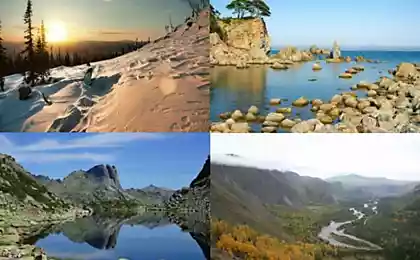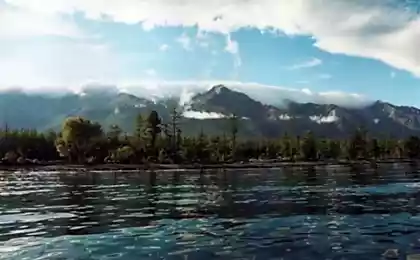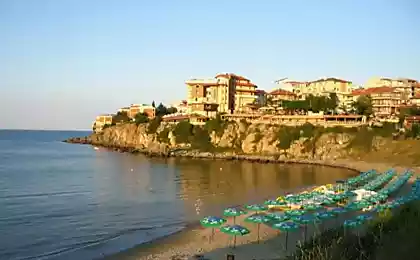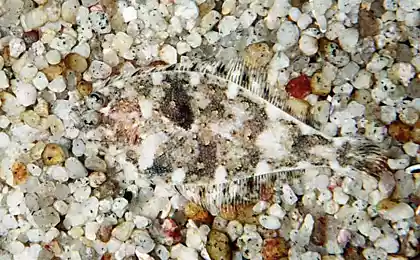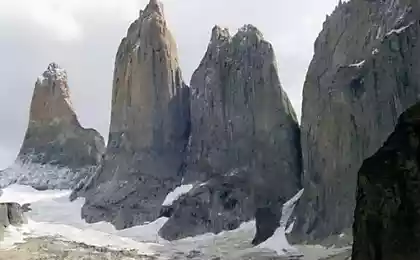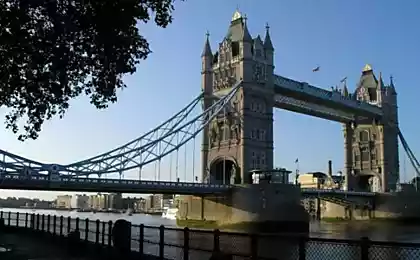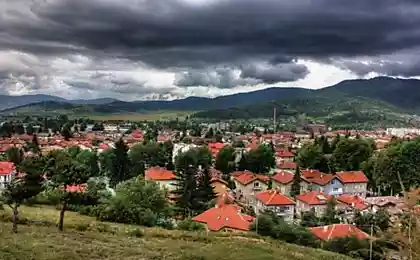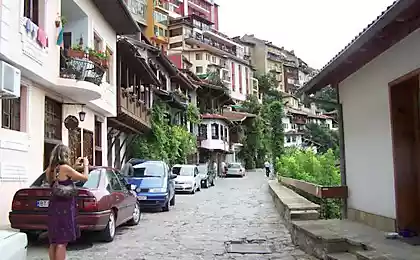709
Reserve Ropotamo Bulgaria

Around the Ropotamo River Reserve occupies the land of the same name, which is the real pride of the Bulgarians. The presence of a huge number of tropical plants, located here in a myriad of, was the reason that this place has received, and the second informal name - "paradise," but the very river named Bulgarian Amazon.


Popular attractions of the reserve was the rock formation, called "Lion's Head". Perhaps the name was dictated by the similarity of the rocks with the animal, and maybe the reason was the veneration of the predator in this country, as a lion, a symbol of Bulgaria, can be seen not only on the arms, but the Bulgarian and other attributes.
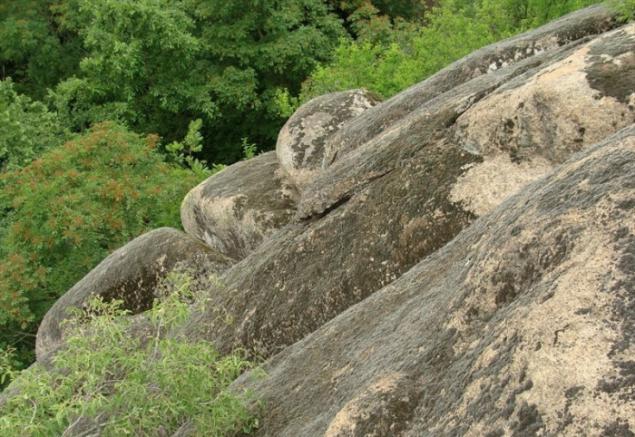

Many centuries ago, this area can be found a lot of settlements, whose existence today resemble historical monuments: the fortress, and the altars, and even church. Today the territory of the reserve is a set of unique natural objects: wetlands, sand dunes, broad-leaved forests and part of the firth. In any case, if you are visiting Bulgaria, advance purchase accessories for rest.


Here you can find more than a hundred species of which are registered in the Red Book of Bulgaria, plants and rich fauna. More than twenty species of mammals, two hundred and sixty species of birds, about fifty species of fish, a little more than twenty species of amphibians, as well as a huge variety of reptiles and bats are the world fauna of the reserve.


In 1962, after twenty-two years after obtaining the status of the reserve Ropotamo will be declared a national park. To see the beauty of the Ropotamo Reserve, which occupies more than a thousand hectares, will have to overcome quite a long and difficult path, so it is not necessary to attempt to navigate to this destination. Tourists unaccustomed to walk, may be offered a boat trip, but, in any case, it is worth remembering that refers to the reserves Ropotamo Strict. Visitors to the reserve can move (this applies to all routes) its territory exclusively marked trails, and any human activity is prohibited. Exceptions to this rule are only conservation measures and research activities.


©
